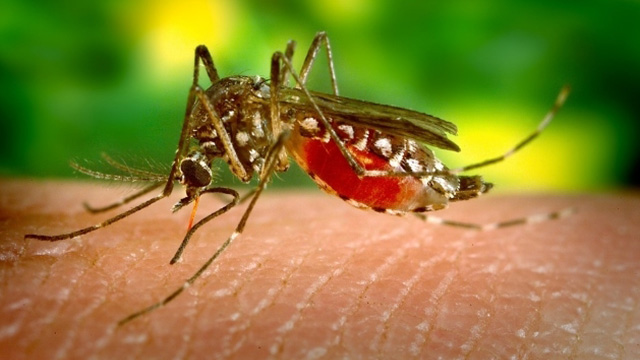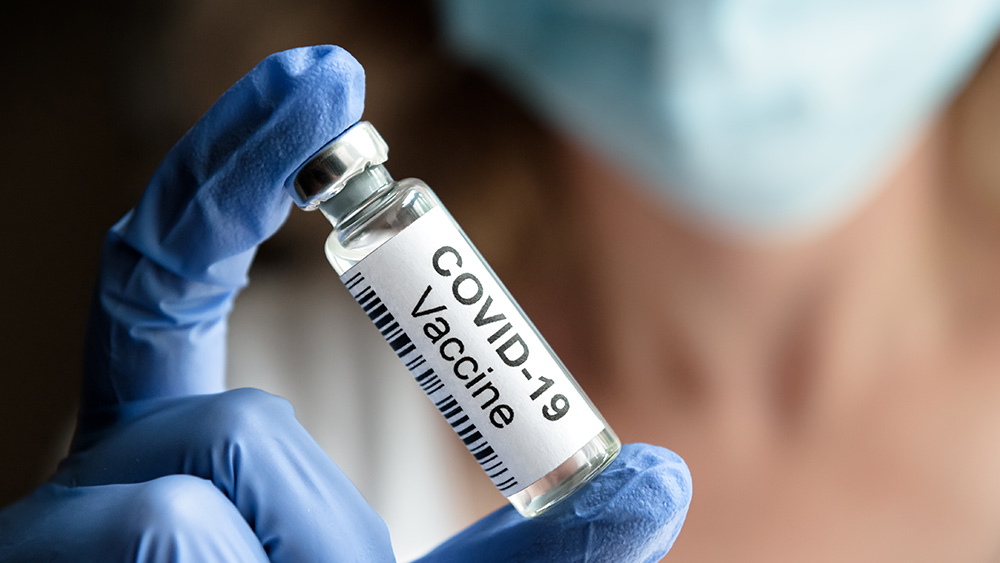Researchers discover evidence of malaria in 2000-year-old ancient Roman remains
12/26/2016 / By Cassie B.

Scientists are inching closer to understanding malaria better thanks to new analysis of DNA fragments taken from ancient human teeth in Italy. The researchers found genomic evidence of the deadly mosquito-borne illness in the 2,000-year-old remains, enabling them to identify the exact species of malaria that infected the ancient Romans.
The analysis of the teeth, which belonged to 58 adults and 10 children who lived during the 1st through 3rd centuries AD, showed that the people were afflicted by the same Plasmodium falciparum malaria parasite that still infects thousands of people annually to this day. The teeth were taken from a range of sites, including two port cities in southern Italy and a site further inland where laborers who worked on rural Roman estates would have been buried. P. falciparum is currently the most prevalent type of malaria parasite in sub-Saharan Africa and also the deadliest, responsible for more malaria-related deaths than any other type of parasite.
The researchers believe that malaria, which is spread through mosquito bites, was responsible for widespread death among ancient Romans and it continues to be deadly in some parts of the world today. According to the World Health Organization, an estimated 438,000 people died in 2015 from malaria, with more than 9 out of 10 cases coming from sub-Saharan Africa. The majority of malaria deaths occur in children younger than five. The disease is considered to be treatable and preventable.
There has long been evidence in historical texts of fevers that sounded like they could be malaria. They were described as coming at certain times of year and recurring, but it was difficult to conclude whether they were malaria because many illnesses can cause fevers. However, because no one can build up immunity to the disease, the fact that these outbreaks were repeated had led researchers to suspect malaria. Now they have the DNA evidence to support this theory. Previous studies have only confirmed malaria cases several centuries later.
The DNA needed for this type of study is difficult to obtain because the parasites are found in blood and organs that tend to decompose rapidly. It does not cause any obvious changes in skeletal remains, so the scientists were fortunate to be able to find this DNA in dental pulp. They drilled the pulp out of the teeth in a way that kept the teeth intact for their investigations.
Discovery could lead to improved malaria treatments
The scientists hope that expanding the body of knowledge on where and when malaria has affected human life and how it has evolved could help lead to ways to control or eradicate it in modern times.
Current malaria preventions and treatments leave a lot to be desired. Mosquito nets laced with insecticide have spawned the emergence of superbug malaria mosquitos. A malaria drug developed by the U.S. Army, mefloquine, has been known to cause neuropsychiatric adverse events such as psychosis, homicide, suicide, depression, hallucinations, and feelings of mistrust toward others. It was behind the 2002 Fort Bragg incident where four soldiers killed their wives; two of these soldiers also killed themselves. Some doctors have said that the dangerous drug never should have been licensed in the first place.
Malaria vaccine used dishonest techniques to exaggerate effectiveness, diminish side effects
Meanwhile, GlaxoSmithKline’s RTS,S malaria vaccine has come under fire after it was revealed that studies were manipulated in various ways to make it look better. Instead of comparing the side effects found in people who got the vaccine with those of subjects who got no vaccines, they compared them to people who got meningitis and rabies vaccines, which have approximately the same risk of serious side effects that the malaria vaccine does. This essentially covers up the side effects the malaria vaccine can cause. Mismatched group sizes were also used to reach a favorable efficacy rate.
With the CDC estimating that 214 million cases of malaria occurred around the world last year, it is hoped that this latest finding can lead to the development of more effective prevention and treatments for this deadly disease.
Sources include:
Submit a correction >>
Tagged Under:
DNA, Malaria, mosquitos
This article may contain statements that reflect the opinion of the author

RECENT NEWS & ARTICLES
Vaccines.News is a fact-based public education website published by Vaccines News Features, LLC.
All content copyright © 2018 by Vaccines News Features, LLC.
Contact Us with Tips or Corrections
All trademarks, registered trademarks and servicemarks mentioned on this site are the property of their respective owners.




















